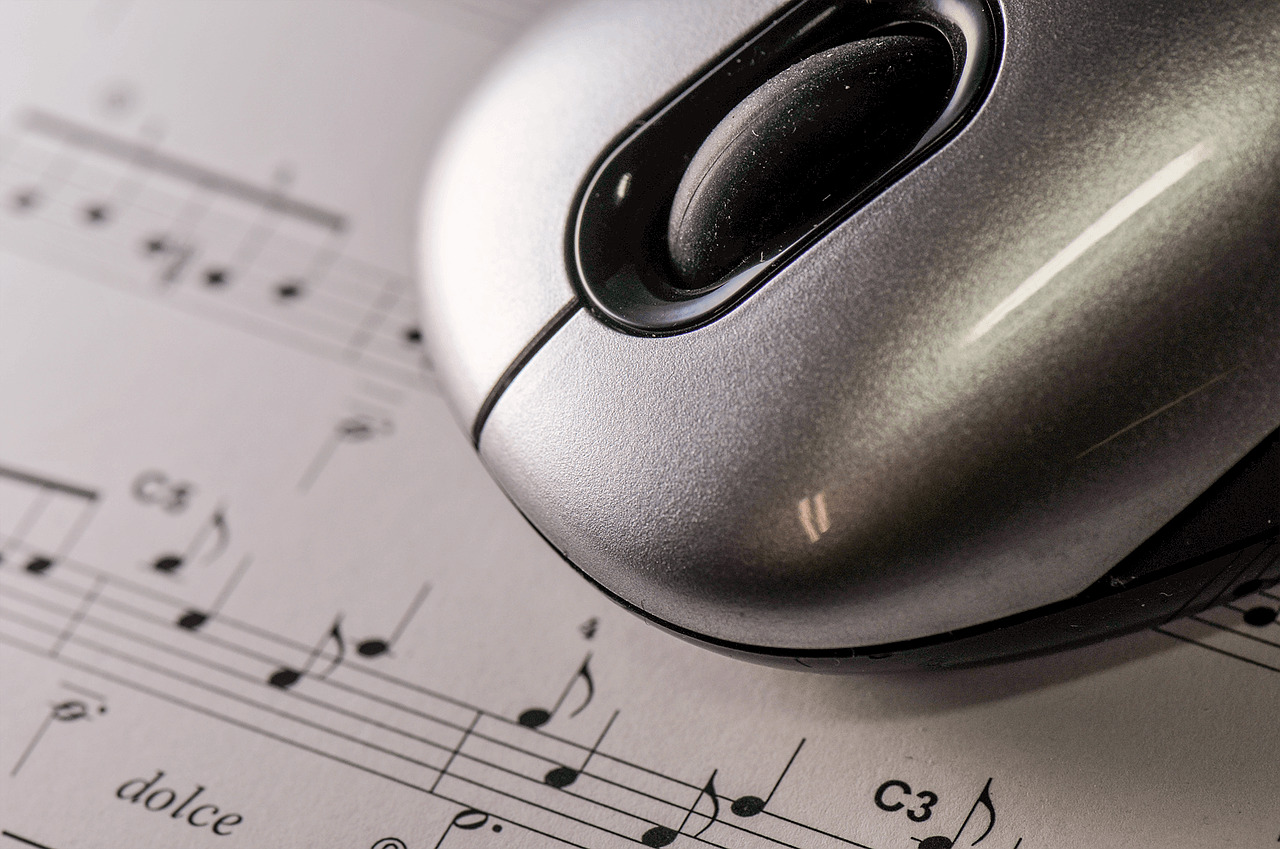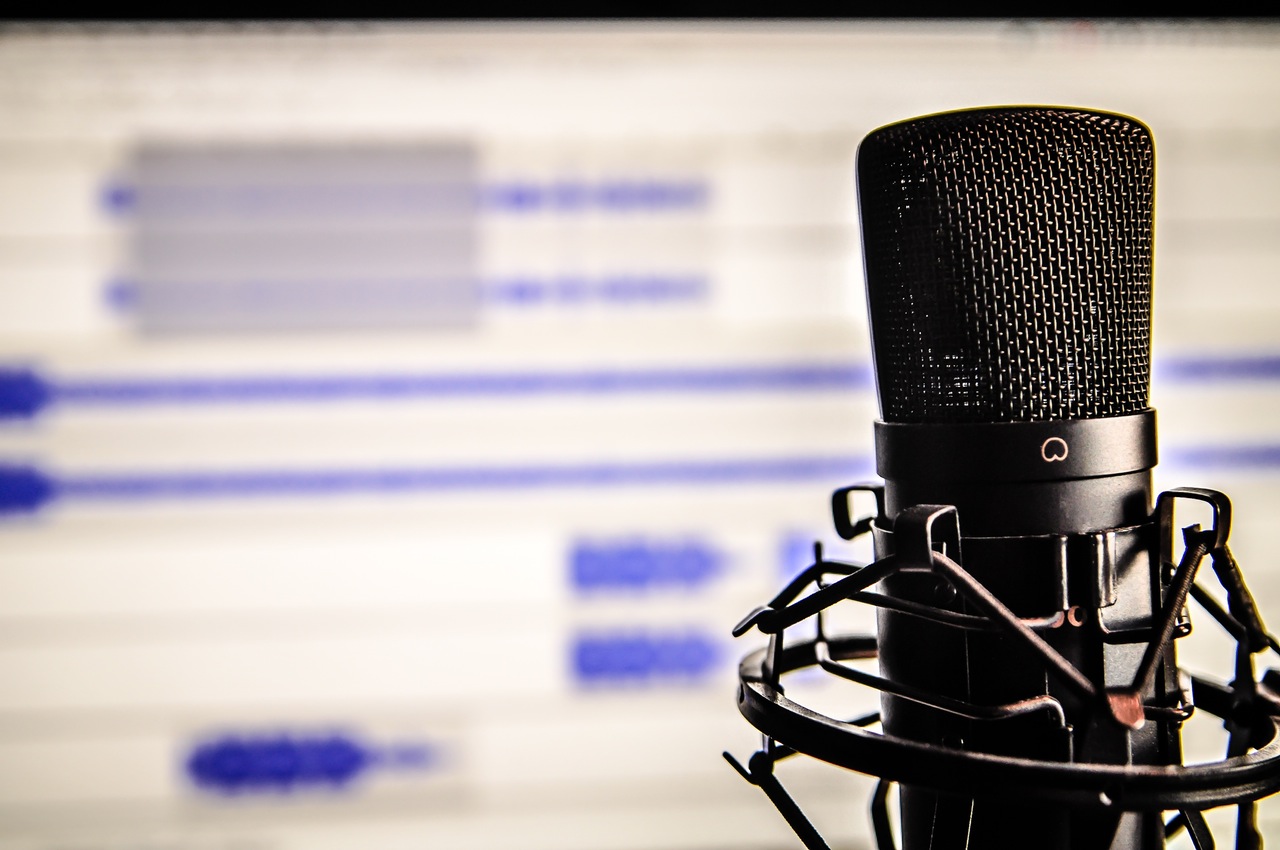While I’m not a horn maker or designer, the research, design, and thought that goes into building a horn has been a minor obsession of mine over the past few years.
Reading Richard Merewether’s (out-of-print) book The Horn, The Horn, which discusses things like horn design, the function of the right hand, and the acoustics of how the horn works has been enlightening. Both in terms of playing and picking a horn.
One of the more interesting conversations about horn making that I personally had a few years ago was when Dan Vidican, of Lukas Horns, came into town to let local horn players sample his instruments.
He was great to talk to – very open about how he approaches designing his instruments and what he focuses on. It was nice to play his instruments and to sit down and talk with someone who not only is a great player but also knows the ins and outs of what makes a horn feel good and play well. I also wrote about his visit here.
Dan has definitely been busy since I talked with him. His Lukas horns have been very successful and he’s just recently introduced a(nother) new model to his horn lineup.
He visited Adam Wolf to discuss his newest model, and horn making in general, on a recent episode of the Pathways Horn Podcast.
While I’m not in the market for a double horn right now, it seems like Dan has put some thought into both his horn designs and his overall lineup.
Right now he has three different models:
- Lukas Model L: The “original” Lukas horn. A Geyer-wrapped yellow brass horn with nickel slide tubes and a spun bell. According to Dan, this horn was designed to have a very direct sound with lots of projection.
- Lukas-Pinc Model G: Designed to model the original Geyer horn more closely. The entire horn (including slides) is yellow brass, with a custom brace layout by Ron Pinc, and a hand-hammered bell. This horn is a bit more free-blowing than the Model L, and has a slightly darker or rounder sound.
- Lukas Model K: The newest model! A slight derivation in the lineup, this model more closely resembles the Knopf wrap in tubing layout. This horn is a bit tighter in feel, with a more open sound than the L or G Models.
The fascinating thing to me is how Dan has crafted these horns to have a similar Geyer-like sound profile, but with different playing characteristics.
This matching of a horns “blow” to a player’s technique is something that I’m starting to hear more about from horn makers, which is refreshing. I recently bemoaned a lack of “custom”-ness in many custom horns, but it sounds like Dan is on the right track.
Dan also had a bit of advice at the end of the podcast about how to go about trying out horns, especially at a big convention with lots of models to choose from and a noisy exhibition floor.
Not surprisingly, step one was to get somewhere quieter so that you can really get a sense for the instrument and get a sense for how easy or hard you have to work to do specific things on the instrument. Make sure you cover all ranges and dynamic levels (not just what you’re comfortable with), and note how the horn feels.
He also mentions that you want some resistance in any instrument. This necessary resistance lets you use your technique to its fullest. Having a horn that is too open or free-blowing for you means that you’ll constantly be working to fill up the instrument with air. While a horn that is too tight or resistant will constantly restrict your airflow.
Another thing to pay attention to is the response of the horn. According to Dan, a horn’s response is less malleable than its sound. You want a horn that responds predictably in all registers. Too much variation here is hard to change – it’s much easier to change the sound of a horn than its response (or intonation).
Listen to the full podcast below, and be sure to check out the Lukas Horns website!





